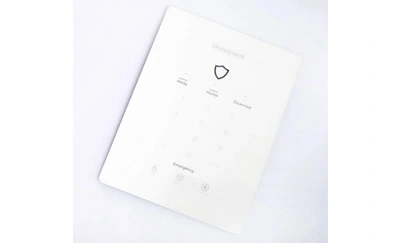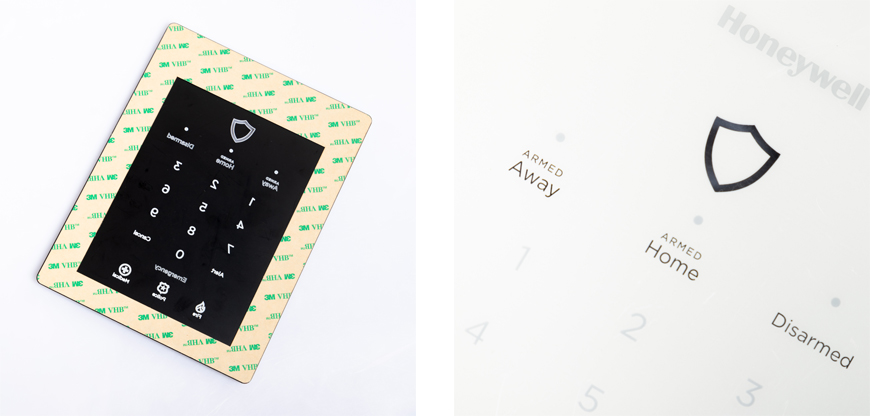
In today's tech-savvy world, membrane switches are omnipresent. They are the hidden heroes behind the keyboards, control panels, and touchpads we use every day. However, many users prefer the tactile sensation of mechanical switches over membrane ones. The good news is that you can bridge this gap and make your membrane switches feel mechanical. In this article, we will explore various techniques to achieve this transformation and enhance the user experience.

Before diving into the transformation process, let's grasp the basics. Membrane switches consist of multiple layers, typically including a top graphic overlay, spacer layer, and a bottom circuit layer. These layers work together to register keypresses when you touch them. They are known for their flat, quiet, and cost-effective design, but they lack the tactile feedback that mechanical switches offer.
The first step in making your membrane switches feel mechanical is selecting the right material for the top graphic overlay. Most membrane switches use polyester or polycarbonate overlays. However, opting for a textured overlay with a matte finish can mimic the feel of mechanical keys. This texture not only enhances the tactile experience but also adds a touch of elegance to your device.
One of the distinctive features of mechanical switches is the satisfying click sound they produce when pressed. To replicate this auditory feedback, consider incorporating a sound-enhancing feature into your membrane switches. This can be achieved by attaching a thin layer of foam or silicone between the overlay and the spacer layer. When a key is pressed, this layer creates a subtle but noticeable click sound, making the switch feel mechanical.
Mechanical switches are known for their actuation force, which is the amount of pressure required to register a keypress. You can emulate this aspect by adjusting the actuation force of your membrane switches. By using a thicker spacer layer or modifying the dome shape beneath the overlay, you can increase the resistance, making the keys feel stiffer and more mechanical.
Membrane switches such as backlit membrane switches typically have a shorter key travel compared to mechanical switches. To make your membrane switches feel mechanical, you can increase the key travel distance. This can be achieved by redesigning the spacer layer or using a taller dome shape. A deeper keypress gives users a more substantial feel, closely resembling the mechanical switch experience.
Many mechanical keyboards feature vibrant backlighting options that not only look aesthetically pleasing but also enhance the typing experience. To mimic this effect, consider adding backlighting to your membrane switches. LEDs placed beneath the keys can illuminate the characters on the overlay, providing a visually appealing and immersive typing experience.
Mechanical switches are often praised for their durable and customizable keycaps. You can bring this aspect to your membrane switches by using high-quality keycaps that are compatible with your design. Premium keycaps not only provide a better tactile feel but also add longevity to your switches.
Once you have implemented these modifications, it's crucial to test your membrane switches thoroughly. Gather user feedback to ensure that the changes effectively mimic the mechanical switch experience. Make necessary adjustments based on user preferences to fine-tune your design.
Are membrane switches as durable as mechanical switches?
Membrane switches can be just as durable as mechanical switches when designed and manufactured with high-quality materials.
Can I retrofit my existing membrane keyboard with these modifications?
Retrofitting an existing membrane keyboard with these modifications may be possible, but it's recommended to consult a professional for best results.
Do these modifications increase the cost of membrane switches significantly?
The cost increase depends on the complexity of the modifications and the quality of materials used. However, enhancing the user experience can justify the investment.
Are membrane switches quieter than mechanical switches?
Yes, membrane switches are generally quieter, making them a preferred choice in quieter working environments.
Where can I find products with these enhanced membrane switches?
You can find products with enhanced membrane switches from reputable manufacturers.